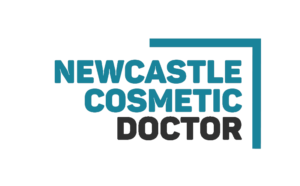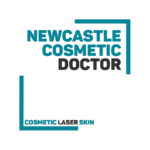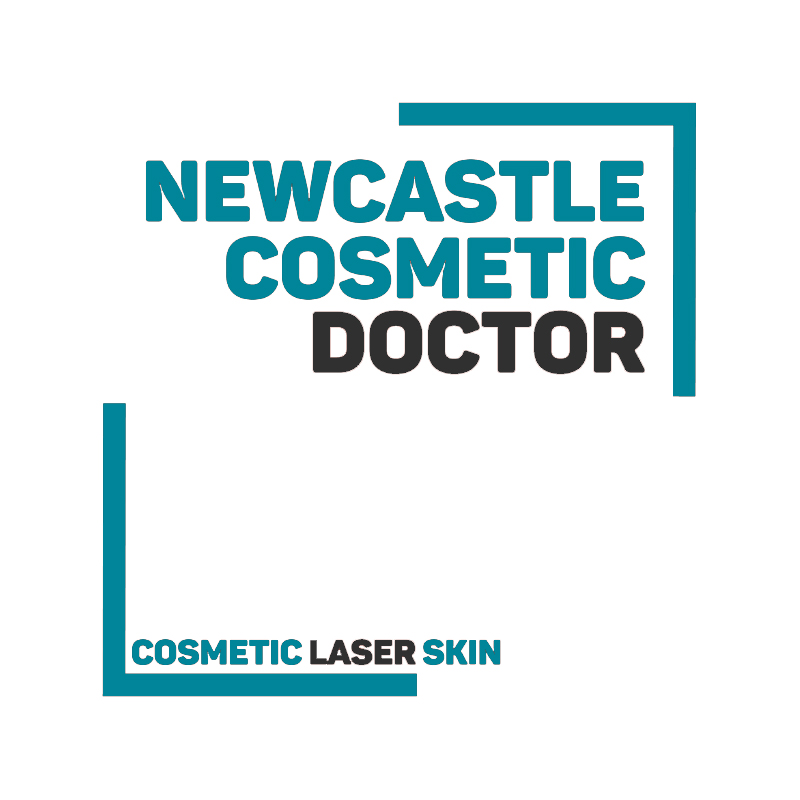Service: Fotona SP Dynamis (Er:YAG 2940 nm / Nd:YAG 1064 nm) & StarWalker MaQX (QS 1064/532 nm ± dye 585/650 nm).
Cause / Mechanism
Class 4 lasers generate sufficient thermal energy to ignite flammable materials. Fire incidents arise from inadequate drying of alcohol-based skin preps, pooling of solutions in hair/linens, presence of oxygen-rich environments, or contact with flammable drapes. Risk is higher in enclosed spaces without fire mitigation equipment. 1 2 3
Risk Factors
- Patient: alcohol-based prep not fully evaporated; hair in field.
- Procedure: high fluence/power density, prolonged exposure, near oxygen supplementation.
- Environment: oxygen-enriched atmosphere (surgical O2 delivery), flammable drapes/linens, lack of extinguisher.
- Staff: failure to enforce drying time, inattention to plume ignitions. 2 3
Signs & Symptoms
- Small ignition: visible flame/smoke in hair, drape, or prep field.
- Large ignition: rapid spread across flammable materials, risk to patient/staff.
- Secondary injury: thermal burns, smoke inhalation. 2 3
Prevention
- Use non-flammable antiseptics when feasible; if alcohol-based, ensure complete evaporation/drying (minimum 3 minutes, longer in hair/skin folds). 3 4
- Place moist towels around operative field when fire risk high.
- Remove excess hair or cover with wet gauze.
- Avoid oxygen enrichment in laser field; use lowest FiO2 possible. 2
- Keep CO2 or dry powder extinguisher in room; staff trained in fire drills. 1 2
Management Protocol
Immediate Actions (Fire Occurs):
- STOP laser immediately; remove foot pedal, turn key to standby/off. 1
- Extinguish fire with water, CO2 or wet towel depending on source.
- If alcohol prep ignition: smother flames, remove contaminated drapes quickly. 3
- Activate room fire alarm if uncontrolled.
- Assess and manage patient burns (see thermal injury protocol).
- Evacuate patient/staff if smoke inhalation risk. 2
Escalation:
- For burns: follow thermal skin injury protocol.
- For smoke inhalation: transfer to ED/ICU as required.
- Notify SafeWork NSW and insurers of any significant fire event. 2 4
Follow‑up & Documentation
- Record incident: cause, timeline, response, injuries, and equipment used.
- Review with WHS committee; update fire safety procedures if gaps identified.
- Retrain staff on fire response annually; maintain logs of extinguisher checks and fire drills. 1 4
Sources
- AS/NZS 4173:2018 Safe use of lasers and intense light sources in health care — fire risk mitigation., viewed 7 October 2025, https://www.standards.org.au ↩︎
- UNSW Safety. Laser safety hazards (fire ignition)., viewed 7 October 2025, https://safety.unsw.edu.au ↩︎
- NSW Health. Clinical Excellence Commission (CEC) — Skin preparation and fire risk alerts., viewed 7 October 2025, https://www.cec.health.nsw.gov.au ↩︎
- Safe Work Australia. Fire safety in healthcare and WHS duties., viewed 7 October 2025, https://www.safeworkaustralia.gov.au ↩︎


